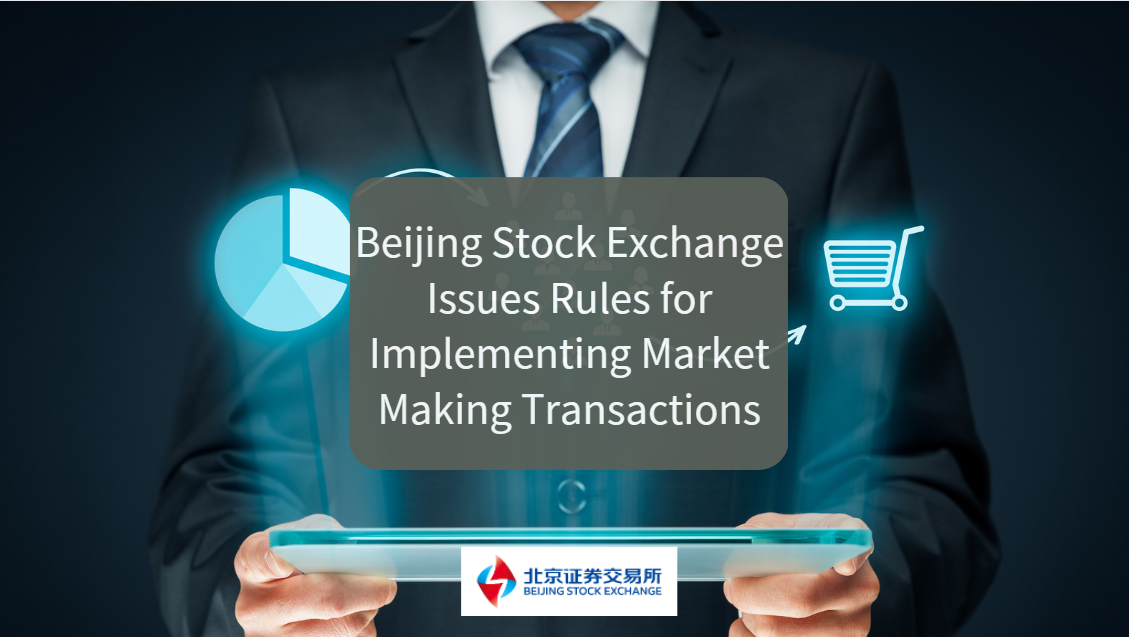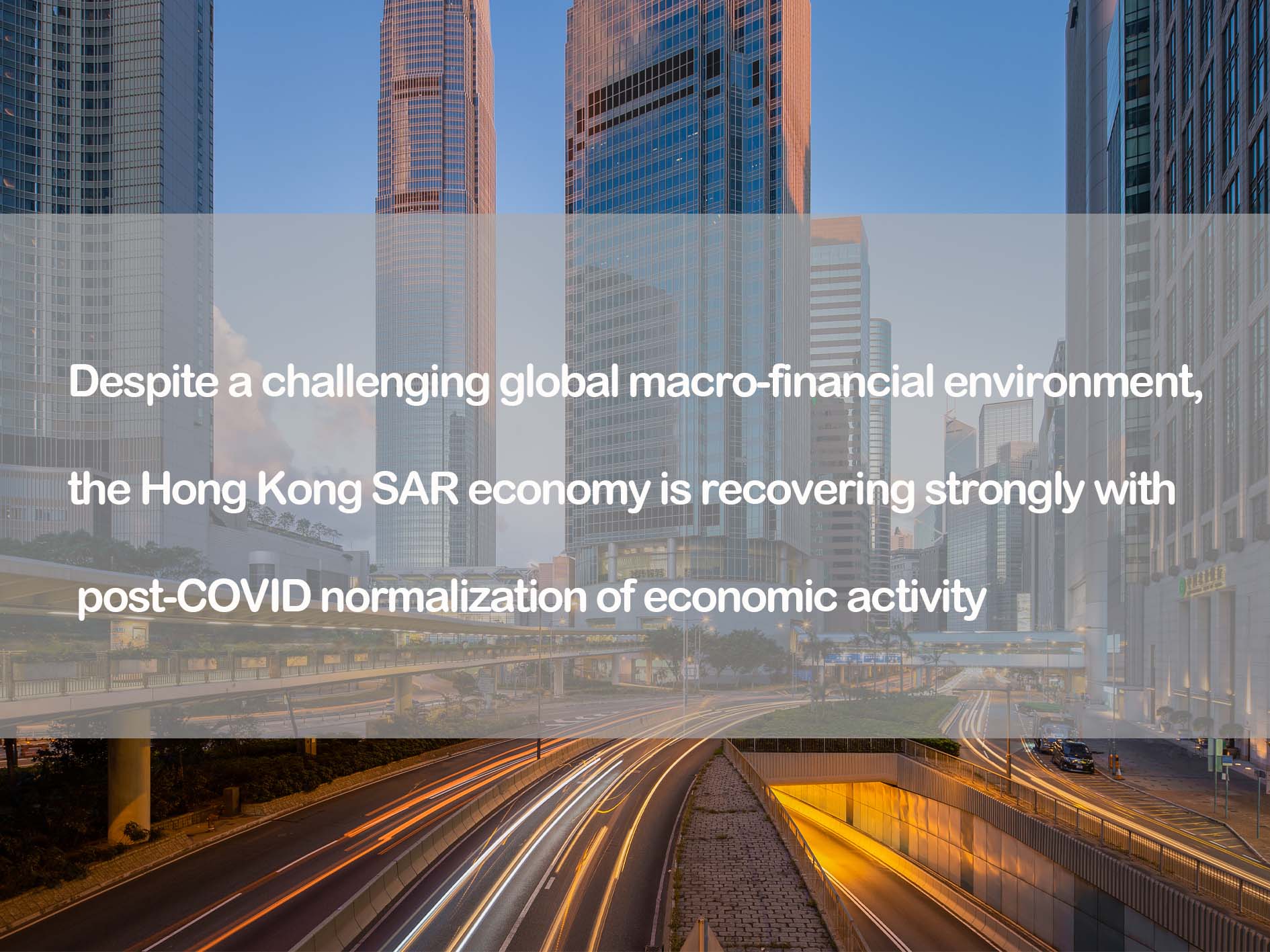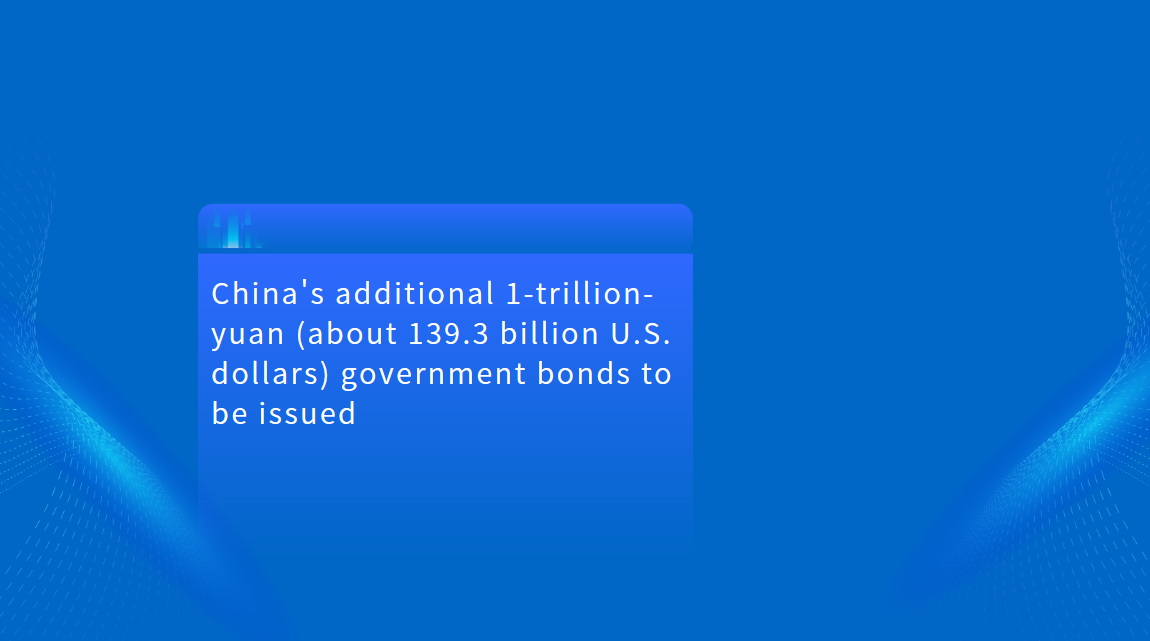China's Economic Resilience and Green Innovation: A Beacon of Opportunity for Global Business
Byline: Amid geopolitical headwinds and trade protectionism, China's high-tech transformation and green energy leadership offer foreign investors a pathway to shared growth.
In an era marked by geopolitical tensions and escalating trade barriers, China's economic trajectory continues to defy skepticism. With a 5% annual growth target set during the Two Sessions, the nation is leveraging its resilience, innovation-driven growth, and green technology leadership to carve out a unique role in the global economy. For international businesses, this presents not just a market opportunity, but a strategic imperative.
China's Economic Resilience: A Foundation for Global Confidence
Despite external turbulence, China's economy remains a stabilizing force. Foreign investors are taking notice. Recent surveys reveal unwavering optimism: 76% of UK firms plan to expand or maintain investments in China, while 70% of U.S. consumer companies and 92% of German enterprises are doubling down on their presence. These figures, alongside high-profile investments by giants like Apple, AstraZeneca, and Mercedes-Benz, underscore a simple truth: engagement with China remains a cornerstone of global business strategy.
As Michele Geraci, former Undersecretary of Italy's Ministry of Economic Development, observes, China's transition to a high-tech, innovation-led model is both reassuring and transformative. Companies like BYD—now the world's largest EV manufacturer, surpassing Tesla—and Hangzhou's "Six Little Dragons" startups exemplify this shift. For foreign firms, this signals a market ripe for collaboration, particularly in sectors like renewable energy, smart manufacturing, and healthcare.
Green Technology: Where Sustainability Meets Profitability
China's dominance in green technology is reshaping global supply chains. In 2023, the nation's renewable energy capacity exceeded 1.45 billion kilowatts, accounting for 86% of all new power installations. This leadership extends beyond capacity: China is pioneering integrated green ecosystems, balancing supply and demand to ensure system stability.
The narrative here is compelling. At the 2025 China Development Forum, experts emphasized that green growth must deliver financial returns, not just environmental metrics. BYD's success and the 373-gigawatt surge in renewable capacity in 2024—a 23% year-on-year increase—prove that sustainability and profitability can coexist. For global firms, partnering with Chinese innovators offers access to cutting-edge technologies and vast markets, all while aligning with ESG goals.
Free Trade and Strategic Diversification
Amid Western unpredictability, China is recalibrating its trade strategy. Last year, trade with Belt and Road Initiative (BRI) partners reached $3.04 trillion, up 6.4% year-on-year, while Regional Comprehensive Economic Partnership (RCEP) trade grew 4.5%. These figures reflect a pragmatic shift toward deeper ties with Asia and Africa.
This diversification is not isolationism but a recalibration. By offering zero tariffs to African nations and advancing free trade agreements, China is fostering inclusive globalization. For foreign businesses, this means new export channels and partnerships in high-growth regions. As Geraci notes, initiatives like the BRI are "free options" that should not be dismissed lightly—opportunities for infrastructure development, energy projects, and manufacturing collaborations await those willing to engage.
A Two-Way Street: Shared Growth Through Openness
China's high-standard opening-up policies are paying dividends. In 2024, foreign direct investment (FDI) in high-tech manufacturing hit 96.29 billion yuan, with medical equipment FDI surging 98.7% year-on-year. Analysts highlight that this influx is accelerating China's industrial upgrading, driven by tech capital from multinationals.
As Liu Qiao, Dean of Peking University's Guanghua School of Management, explains, "Investing in China is a two-way street." Foreign firms gain access to robust supply chains and an innovation ecosystem, while China benefits from advanced technologies and talent. This symbiosis is particularly evident in sectors like new energy and smart manufacturing, where China's strategic pivot toward "new quality productive forces" aligns with global supply chain restructuring.
Why It Matters for Global Business
For international firms, China's economic narrative is one of resilience, innovation, and inclusivity. Whether through green technology partnerships, Belt and Road collaborations, or investments in high-tech sectors, the opportunities are vast. But success requires adaptability. As German management expert Hermann Simon advises, firms must identify the optimal global location for each activity—and in many cases, China remains unmatched.
In an interconnected world, China's growth is not just a national story but a global one. For those willing to navigate its dynamic landscape, the rewards are clear: a pathway to shared prosperity in an era of uncertainty.





















































First, please LoginComment After ~